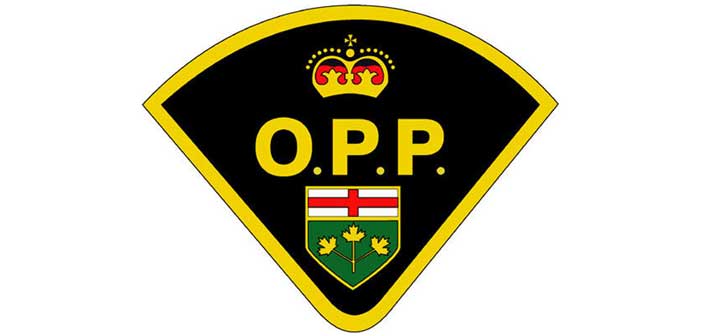ST. CATHARINES – A group of high profile Ontario politicians, including Ontario Premier Doug Ford, Jill Dunlop, associate minister of Children and Women’s Issues and Solicitor General Sylvia Jones gathered in St. Catharines on March 6 to release a comprehensive five-year strategy to combat human trafficking and end child sexual exploitation across the province.
According to a government release, the new strategy is “the largest total investment in dedicated anti-human trafficking supports and services in the country and is a major step forward in Ontario’s fight against human trafficking.”
“Human traffickers prey on the most vulnerable members of our society—our children,” said Premier Ford. “We must put an end to this disgusting industry and take immediate steps to keep our kids safe. Our new strategy takes strong and decisive action to support survivors, raise awareness and give our police the tools and resources they need to put these criminals behind bars.”
“We can’t say too much about the strategy just yet,” said Victims Services executive director Elly Charette, noting that many of the details on how the new strategy will roll out are not yet clear, but added that human trafficking remains a serious concern, even in rural areas like Manitoulin.
“We are having human trafficking training for the police next month,” shared Ms. Charette. “It is definitely an issue.”
The Manitoulin Area Coalition to End Human Trafficking, of which Victim Services is a part, is a collaboration between a number of different organizations from across the Island that are marshalling resources to combat the issue.
While the sharp end of human trafficking tends to be in larger urban centres, marginalized youth and adults in rural centres remain fertile ground for human traffickers to source their victims.
According to the provincial announcement, Ontario’s Anti-Human Trafficking Strategy will invest $307 million over the next five years on a “proactive, comprehensive action plan” focused on four key areas: raising awareness of the issue by launching a new, province-wide marketing campaign to educate children, youth, parents and the broader public about what human trafficking is, how to recognize the signs and where to get help; holding offenders accountable by giving law enforcement more specialized Crown prosecution support for human trafficking cases, strengthening intelligence gathering in the correctional system, and investing in police services to help coordinate anti-human trafficking investigations and expand the Ontario Provincial Police Child Sexual Exploitation Unit; protecting victims and intervening early by investing in specialized intervention teams involving police and child protection services, incorporating human trafficking awareness into the education curriculum, and establishing dedicated, licenced residences to support victims, including those under the age of 16; and supporting survivors by investing new funding in wrap-around, community-based supports and Indigenous-led initiatives to make more services available for survivors and by enhancing victim services to assist survivors throughout the court process.
“Survivors of human trafficking require specific, ongoing supports to help them exit trafficking, heal from their trauma and rebuild their lives,” said Jill Dunlop, associate Minister of Children and Women’s Issues. “Our new strategy doubles the investment in community-based services for survivors, while also providing a range of new supports focused on children and youth, which has been a critical gap until now. It provides increased supports for Indigenous communities and takes a cross-government approach to reinforce Ontario as a leader in combatting human trafficking.”
To address the needs of First Nations, Inuit and Métis communities and organizations, as well as frontline workers, Indigenous-specific initiatives are being integrated throughout Ontario’s new strategy, according to the release. Examples of these initiatives include targeted public awareness activities, Indigenous-led community-based supports for survivors such as counselling, cultural teachings and healing ceremonies, victim services delivered by Indigenous communities and organizations and culturally-appropriate supports for at-risk youth.
“Human trafficking is a vastly under-reported crime often hidden in our communities,” said Solicitor General Jones. “A crucial component of our new strategy involves strengthening law enforcement and justice sector initiatives so we can better support victims, improve our ability to target and find perpetrators, intercept human trafficking networks and ultimately bring criminals to justice.”
Human trafficking is one of the fastest-growing crimes worldwide and approximately two-thirds of police-reported human trafficking violations in Canada occur in Ontario. The average age of recruitment into sex trafficking is 13 years old and over 70 percent of human trafficking victims identified by police are under the age of 25. Young women and girls are particularly at risk, especially those from Indigenous communities and children and youth in care, though boys, men and people who are LGBTQ are also targeted.





